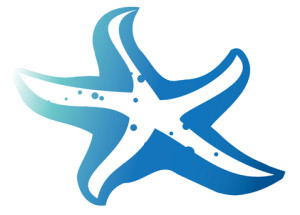by Brian Harrison, Peninsula Computer Solutions Ltd. –
Social networking is embraced by millions and continues growing. Social Media has changed businesses communications with customers and partners, incorporating social media into their marketing and communications strategies.
Despite the positives, there is also a downside. The more we share personal information with these platforms, the more we increase the risk of being a victim of identity theft. We can all think “it couldn’t happen to me,” but the truth is that it could and it’s happening more regularly than ever before. Criminals are taking advantage by getting hold of personal details, allowing them to open bank accounts, apply for credit cards and loans. They can even secure official documents such as passports and driving licenses – in your name. In 2014, more than one billion records containing personally identifiable information were leaked, medical identity theft claimed 500,000 victims, and $5.8 billion was given to identity thieves from the U.S. tax departments due to fraudulent returns using random social insurance numbers to file tax forms.
The number one consumer complaint is identity theft, ranked first place for 15 years running. Children are susceptible, since most under 18 are not actively applying for or monitoring credit. 19 people become victims of identity theft every minute, and on average, victims can expect to spend $500 and 30 hours resolving each identity theft crime.
Here are a few tips to minimize your risk and carry on being socially immersed in safer way.
1. Consider unique user names and passwords for each profile.
2. If you’re active in social media, minimize the use of personal information on your profiles that may be used for password verification or phishing attacks. Make sure you look at the privacy settings, and if possible make your profile private to just your connections.
3. Avoid listing this information publicly: date of birth, home town, home address, the year of graduation and your primary e-mail address.
4. Create a separate email account just for password reminders and online account details. It’s an extra level of protection if your usual email account is hacked.
5. When using a website that asks for sensitive personal information (address, phone number, bank details, etc) always look for the padlock symbol that should be displayed. This means that the website is encrypting the internet connection. If it isn’t there, then don’t fill in any forms asking for personal information.
With these five tips you should be able to take advantage of social networking more safely. Take the extra 30 seconds to think twice about what you are going to post, before publishing something you may regret later. Remember: there is no delete button on the internet.
For more information visit www.peninsula-computer.com.




